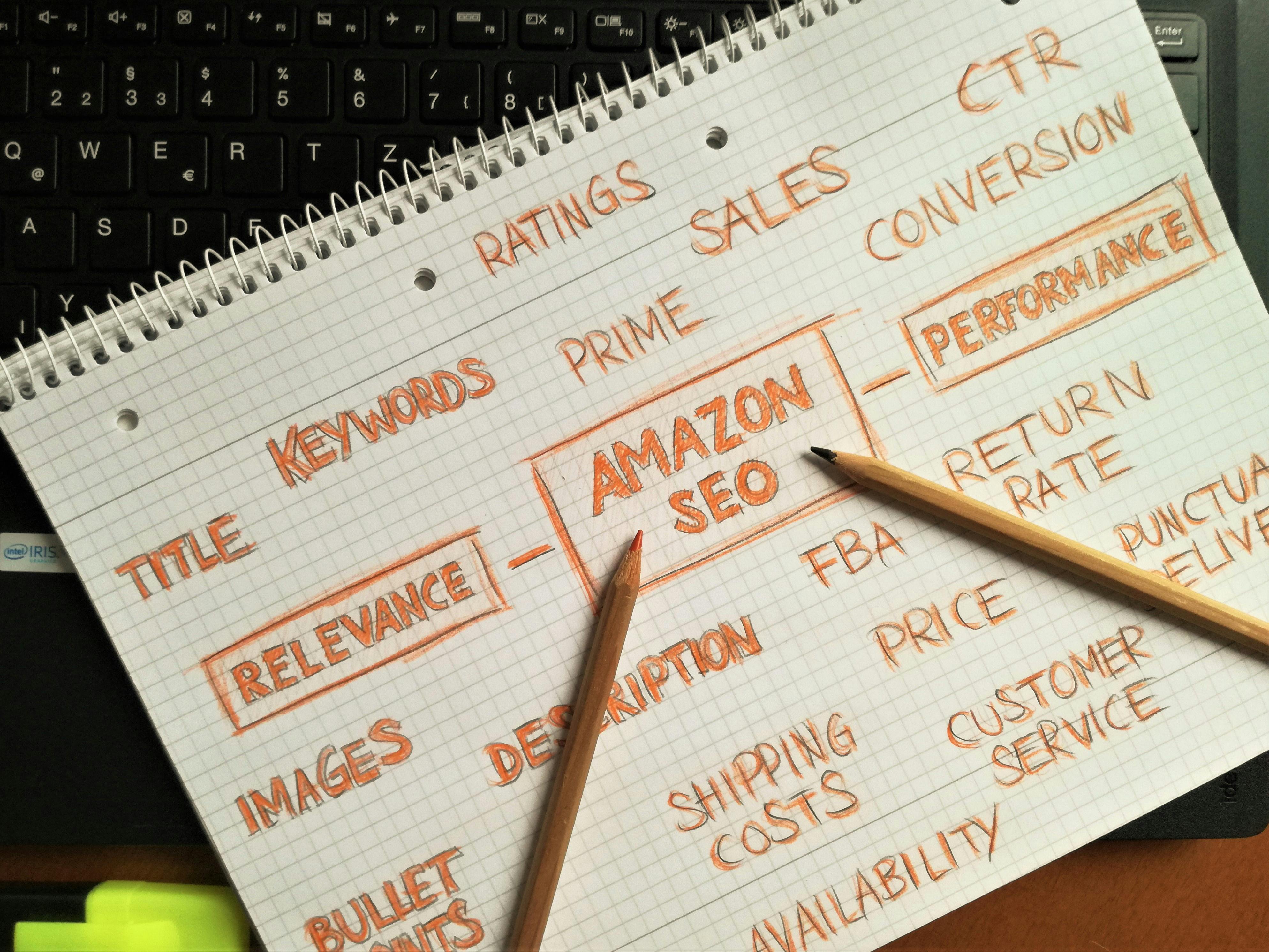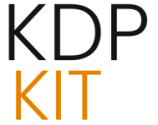The Definitive Guide to Running Amazon Ads for Books: Master AMS to Boost Your Sales

Amazon Advertising (AMS) is no longer optional for authors seeking consistent sales; it is the primary engine for discoverability within the world’s largest bookstore. Unlike platforms where you fight for attention, Amazon Ads place your book directly in front of buyers actively searching for their next read.
This comprehensive guide will walk you through setting up, structuring, targeting, and optimizing your Amazon Ads campaigns to maximize your return on investment (ROI).
—
Phase 1: Prerequisites and Account Setup
Before launching your first ad, ensure you have the following foundations securely in place.
1. KDP Account & Book Readiness
Your book must be published through KDP (Kindle Direct Publishing). For optimal results, ensure:
Professional Cover Design: The cover is the single most critical conversion factor on Amazon. Poor covers destroy ad performance regardless of targeting.
Compelling Copy: Your book description must be polished and benefit-driven.
A+ Content (If eligible): Enhanced Brand Content significantly boosts conversion rates for authors enrolled in the Amazon Brand Registry.
Enrollment Status: Decide if you are running ads for Kindle Unlimited (KU) exclusivity or wide distribution. Ad performance metrics change based on this structure.
2. Setting Up the Amazon Advertising Console. Find out more about Amazon AMS campaign structure for new book launches.
Your AMS account is typically linked directly through your KDP dashboard or Seller Central account.
Navigate to the Amazon Advertising Console.
Select the correct marketplace (e.g., Amazon.com, Amazon.co.uk).
Set up your billing information and payment method.
—
Phase 2: Understanding Campaign Types for Authors
While Amazon offers several advertising products, authors primarily focus on Sponsored Products (SP) for direct book sales.
Sponsored Products (SP): The Workhorse
SP ads appear prominently on search results pages and product detail pages. They function on a Pay-Per-Click (PPC) model.
Campaign Structure Recommendations:
For new authors or new book launches, a structured, tiered approach is crucial for data collection:
Discovery Campaign (Broad/Automatic): Let Amazon find relevant keywords and ASINs for you. Use broad match and automatic targeting. This campaign’s goal is data gathering, not immediate profit.
Refinement Campaign (Manual Keyword): Once you gather data from the Discovery campaign, move high-performing search terms into a dedicated manual campaign using “Exact Match” targeting. This maximizes spend efficiency.
Competitor Campaign (Manual Product Targeting): Specifically target the ASINs (Amazon Standard Identification Numbers) of direct competitors or popular books in your niche.
Sponsored Brands (SB) and Lockscreen Ads (DSP). Find out more about Optimizing Sponsored Products for Kindle book sales guide.
Sponsored Brands: Useful for promoting a series or brand identity, but often requires Amazon Brand Registry and a dedicated Storefront page.
Amazon DSP (Demand-Side Platform): This is programmatic advertising, allowing you to run banner ads across Amazon properties and third-party sites. It is generally reserved for larger budgets or established backlists. For most authors, focus 95% of your initial effort on Sponsored Products.
—
Phase 3: Mastering Targeting Strategies
The success of your Amazon Ad hinges entirely on who sees your ad and when they see it. Targeting is split into Keywords and Products.
1. Keyword Targeting. Find out more about Using Search Term Report to improve Amazon ad performance tips.
This is how you bid on what readers type into the search bar.
Identifying High-Intent Keywords: Don’t just use generic genre terms (e.g., “thriller”). Think like a reader: “psychological thriller set on a boat,” “female detective amateur sleuth.”
Match Types: Understanding these is vital for budget control:
Broad: Your ad shows for searches related to your keyword, including misspellings or synonyms. (Use for initial discovery.)
Phrase: Shows for searches that include your exact keyword phrase in order. (Good for testing.)
Exact: Shows only for that precise search query. (Use this for your most profitable terms.)
Negative Keywords: Just as important as positive ones. If you write clean romance, add negative keywords like “erotic,” “BDSM,” or “explicit” to stop wasting clicks on inappropriate searches.
2. Product Targeting (ASIN Targeting)
This method targets readers already looking at a specific product page.
Competitor ASINs: Target the detail pages of books that are highly similar in genre, tone, and reader demographic to your own. If a reader likes Book X, they are highly likely to click on Book Y if it appears on that page.
Category Targeting: You can target entire categories (e.g., “Mystery > Cozy Mystery”) or sub-categories. Be cautious; broad category targeting can burn budget quickly if the category is too large. Focus on the narrowest relevant sub-category.
—
Phase 4: Bidding, Budgeting, and Campaign Launch
Amazon uses a Cost Per Click (CPC) auction system. You set the maximum you are willing to pay for one click.
1. Setting Initial Bids. Find out more about How to target competitor ASINs on Amazon advertising strategies.
Automatic Campaigns: Amazon suggests a starting bid. Begin with their suggestion or slightly lower (e.g., $0.50 – $0.75 for most fiction genres) to gather initial impressions without overspending.
Manual Campaigns: Research suggests that good starting bids for focused keyword terms range from $0.60 to $1.50, depending on the competitiveness of the genre (Romance and Thrillers are typically more expensive than Niche Non-Fiction).
2. Budget Management
Daily Budget: Start small, especially if you are testing. A daily budget of $10 to $20 per campaign is a reasonable starting point.
Goal: The initial goal is data acquisition. Do not expect profitability in the first two weeks of any manual campaign.
3. Campaign Launch Checklist
Launch Automatic Campaign: Let it run for 10–14 days to collect impressions and clicks.
Launch Manual Keyword Campaign: Populate this with 20–30 of the most relevant genre terms, regardless of initial performance. Use Phrase or Exact match only.
Launch Manual Product Targeting Campaign: Load this with 10–20 highly competitive competitor ASINs.
—
Phase 5: Optimization – Analyzing and Iterating. Find out more about Amazon AMS campaign structure for new book launches overview.
Advertising is continuous optimization. A campaign launched today will look different in 30 days.
1. Analyzing the Search Term Report (STR)
This is the most valuable report. It shows exactly what search terms led to an impression, click, or sale.
Harvesting Winners: If a search term generated sales at an acceptable cost (see ACOS below), move that term from the Broad/Automatic campaign into a dedicated, Exact Match manual campaign with a higher bid.
Culling Losers: If a term generated many clicks but zero sales after 50+ clicks, add it as a Negative Keyword to prevent future wasted spend.
2. Bid Adjustments. Find out more about Optimizing Sponsored Products for Kindle book sales definition guide.
Bids are fluid. If a keyword is performing exceptionally well (generating profit), incrementally increase the Exact Match bid by $0.10 increments until performance dips, then dial it back slightly.
3. Product Targeting Refinement
Regularly check your Product Targeting report. If a specific competitor’s ASIN is costing you money repeatedly, remove it from your targeting list. Conversely, if an ASIN yields strong sales, consider adding related ASINs from that same author or series.
—
Phase 6: Measuring Success – Key Metrics Explained
Stop focusing on clicks; focus on cost efficiency.
1. ACOS (Advertising Cost of Sale)
This is the fundamental metric:
$$ \text = \frac}} \times 100 $$
Example: If you spent $50 and generated $100 in attributable book sales, your ACOS is 50%.
Interpreting Your ACOS:
Profitability Goal: If you earn $3.50 royalty on a $0.99 ebook sale, your break-even ACOS is very high. For an ebook priced at $4.99 (earning approximately $2.45 royalty), a target ACOS might be 40% ($1.00 ad spend for $2.50 in sales).
Discovery Goal: If you are running Automatic campaigns or advertising a new book, you might accept a higher ACOS (even 80% or 100%) temporarily, provided the resulting sales boost your organic ranking significantly (see TACoS).
2. TACoS (Total ACOS)
This metric shows how much your advertising spend impacts your total revenue (organic sales + ad sales).
$$ \text = \frac}} \times 100 $$
If your ACOS is 60%, but your TACoS is 15%, it means the ads are successfully pushing your book up the organic rankings, leading to a strong overall ROI even if the ads themselves are not strictly profitable today. This is the long-term goal for established authors.
—
Conclusion: Building Momentum on Amazon
Running successful Amazon Ads for books is a marathon, not a sprint. It requires consistent monitoring (ideally 3–4 times per week in the first month) and a willingness to cut losing terms quickly while aggressively boosting winners.
Start with clear, segregated campaigns, prioritize the Search Term Report, and always remember that high conversion starts with a professional book presentation. Master these fundamentals, and Amazon Ads will become your most reliable source of reader acquisition.







